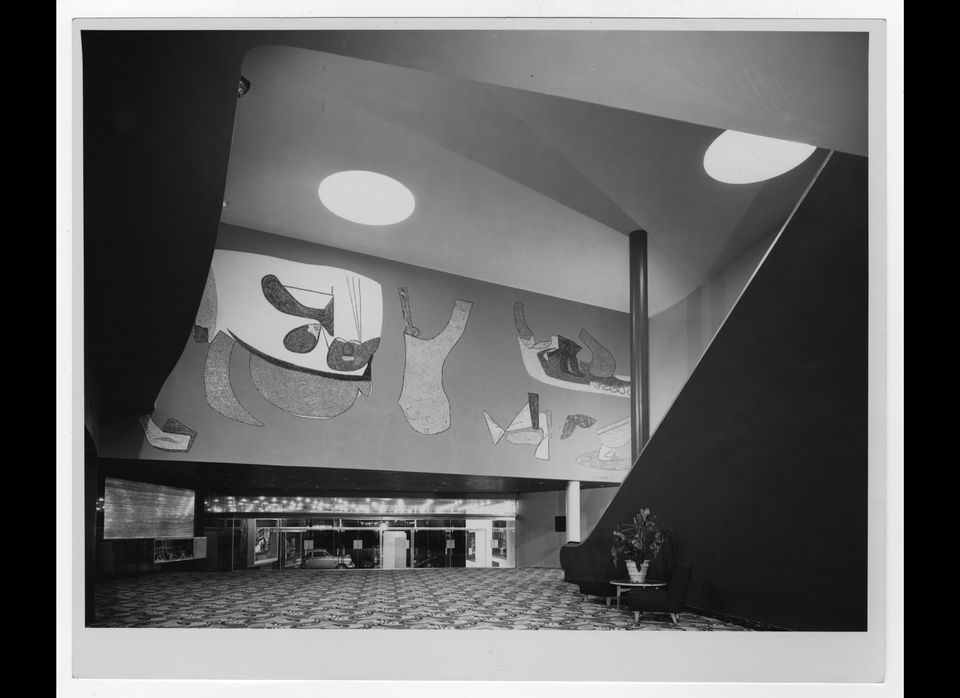
Would you ever guess that there are 500 buildings located on Long Island designed by 78 of the most internationally-acclaimed architects, such as Marcel Breuer, Walter Gropius, Frank Lloyd Wright, and even Mies van der Rohe? We spoke with Caroline Rob Zaleski, Director of the Modern Long Island Survey and author of 'Long Island Modernism 1930-1980' for W.W. Norton to learn the surprising history of what she calls "a forgotten world" and what was so special about the stretch of land just East of Manhattan.
How did you come to write this book?
In 2002, I was asked by The Society for the Preservation of Long Island Antiquities (SPLIA) to put together a field study of significant buildings on Long Island of the Modern period. I got in my car, and spent several years just driving around and researching archives all over the country looking for stories about the architects who built on Long Island between 1930 and 1980.
Why were these visionaries and their clients attracted to Long Island?
Long Island had been isolated until the 1930s because there were few bridges and roadways, and it was composed mostly of farms and villages dependent upon fishing. The 1939 World's Fair in Queens promoted the suburbanization of a vast regional plan with New York City at the center. It became accessible by the entire region around New York City, the land was cheap, and provided magnificent views and beautiful beaches. Some say it was one of the most pristine pieces of real estate in the world.
What did you discover?
I was amazed to find works by the very architects that I had studied in Architecture 101 when I was a returning student at Columbia University's Architectural Preservation Program. Although, I had to kiss a lot of frogs to find the princes. Many leads took me to dead ends, the maps had changed and there were endless journeys in standstill traffic. But the inventory is proof positive that important architecture was built on Long Island. I'm most interested in how the architects and their clients came to build here, and what inspired them. This book is not only a historical study, but an anthropological review. The essays are as much about the people as they are about the buildings. I am proud to say that the book has numerous discoveries that enhance what is known about these modern architects.
How has the landscape of Long Island changed?
Today, Long Island has become one of the most densely populated regions of the world, and there is very little open space for purchase. I really don't understand it, but people today prefer to build McMansions in the styles of Europe and the American Colonial revival. We don't drive in buggies, so why are we so nostalgic? The Modernist style celebrated the era of the machine and the automobile. Unfortunately 70% of the buildings have been so drastically altered you wouldn't even recognize them. I hope this book is an enduring record of a lost time.
Zaleski's research uncovered several juicy scoops about the architects and their interesting list of clientele. Get a copy of her book for the full story and click through the slideshow below to see images of the amazing works that she discovered.
